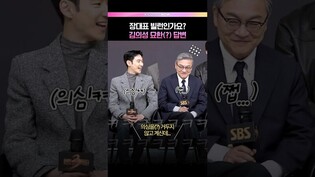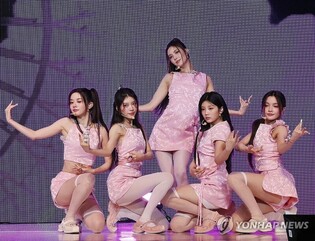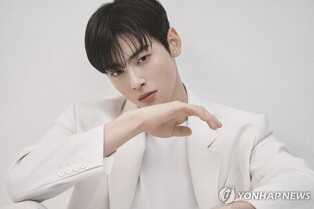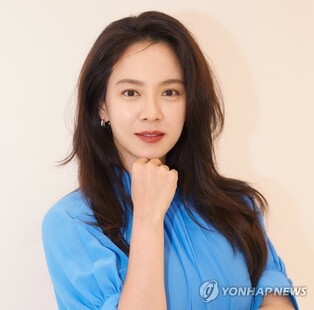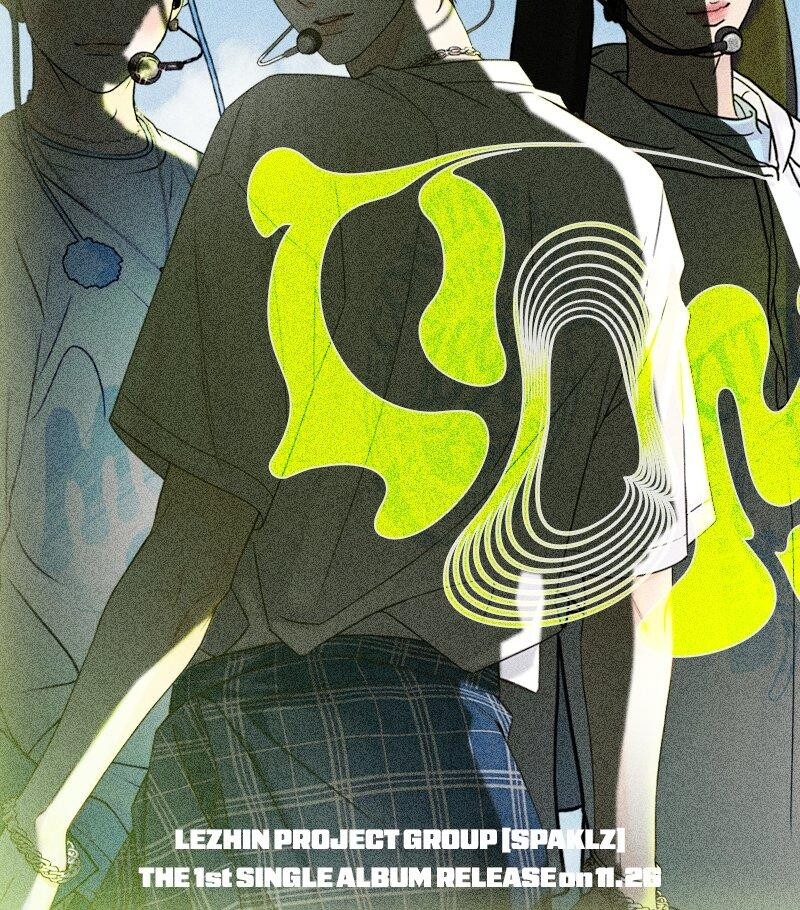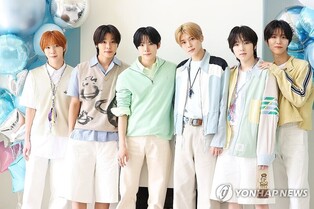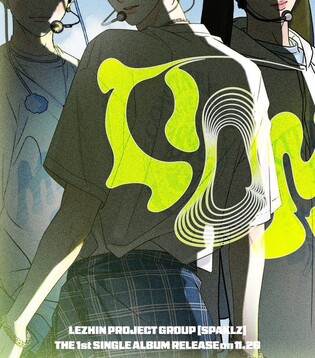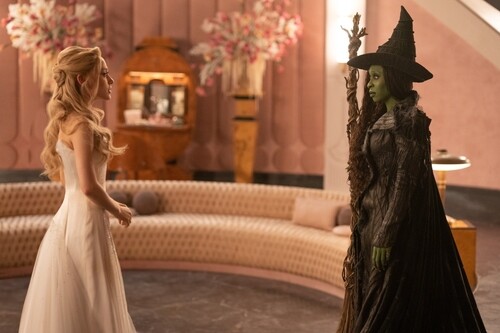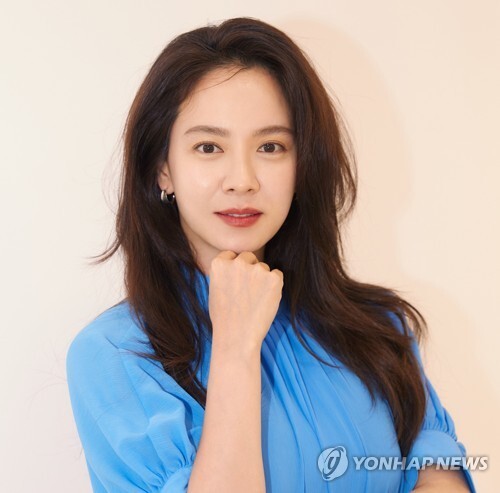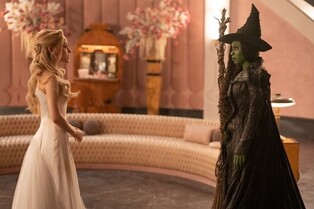 |
| ▲ This photo, provided by the Gwangju Biennale Foundation, shows an exhibition at the Gwangju Biennale. (PHOTO NOT FOR SALE) (Yonhap) |
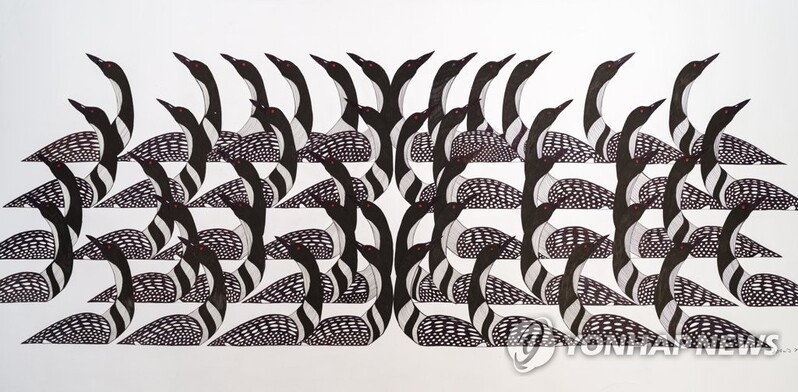 |
| ▲ This photo, provided by the Gwangju Biennale Foundation, shows an Inuit artwork at the Gwangju Biennale. (PHOTO NOT FOR SALE) (Yonhap) |
SEOUL, Feb. 21 (Yonhap) -- The Gwangju Biennale Foundation is gearing up for the upcoming 15th Gwangju Biennale by which the Foundation operates a pavilion-type exhibition building where it joins hands with various domestic and overseas art institutions.
The titles of each country’s exhibition, artists, and curators were announced Tuesday. This grand international exhibition, which lightly kicked off with three participating countries in its very first year, has now gathered nine countries to participate, namely the Netherlands, Switzerland, Ukraine, Israel, Italy, China, Canada, Poland, and France. The art institutions from these countries will bring forth and display artworks that shed light on diverse topics, ranging from climate, tradition, and culture, as well as freedom.
Framer Frame, a Dutch contemporary art and visual culture institution, will hold its original performance in three different time slots at the Gwangju Museum of Art during which it will artistically summon the governments and companies that are liable for the ecosystem destruction. The institution will ask them to hold their responsibilities for the havoc they have brought upon our environment by paying particular attention to the role of military-industrial complexes in aggravating climate change.
In the meantime, the Italian Cultural Center in Korea will join hands with the Donggok Museum of Art to carry out a participatory education program suggesting a sustainable coexistence between nature and human beings under the theme of “What the Sleepy Water Dreams.”
In commemoration of the 60th anniversary of diplomatic relations between Korea and Switzerland, the Swiss Embassy in Seoul will have about 50 photos taken by 8 budding photographers from both countries hung up on the walls of the Iainam Studio. It will be reorganizing the exhibition that was formerly held at the Embassy last year.
Along with the Eunam Museum of Art, the Chinese Museum of Art will showcase a piece that illustrates the perfect harmony between tradition and modernity using bamboo sticks, which are one of the materials that are deeply rooted in Chinese civilization.
Meanwhile, Canada’s West Baffin Eskimo Cooperative Limited will introduce the first indigenous Canadian Inuit art in Korea at the Lee Kang-ha Museum of Art in celebration of the 60th anniversary of diplomatic relations between the two nations – Korea and Canada – by unveiling the works of 29 Inuit artists.
Poland’s Adam Mitsukiewicz Cultural Center is organizing various public programs, such as “The Ground after 10 Years” and “Workshop at the Yangrim Salon.”
In addition, Gallery Vine Tree in Yangrim-dong will call attention to the works of Ukraine’s Prefilmus as the means to demonstrate their solidarity and support for the country.
The French Overseas Culture Promotion Agency will hold a solo exhibition at the Yanglim Museum of Art of the pictures of Zineb Sedira, who is known to be using her own history of migration as the starting point for each artistic journey she takes. The internationally acclaimed artist was awarded “Special Mention” by the Jury of the 59th Venice Biennale, and the exhibition will be bringing her work, titled “Dreams Have No Titles,” back to the spotlight.
Meanwhile, Ukraine, which is currently undergoing almost a year-long war with Russia, will also be participating in the upcoming Pavillion event. During the Biennale, 3 Ukrainian modern films on the theme of “Freedom and Territory” will be screened at Theater 3 of the National Asian Cultural Center every Saturday. Further discussions on the film will be held at the Ukrainian embassy.
Park Yang-woo, the executive director of the Gwangju Biennale, said, “We have brought our event to another level in order to contribute to the history of modern art and culture by showing the world’s art flow through the main exhibition of the Biennale.”
(This article is translated from Korean to English by Ha eun Lee)
(END)
(C) Yonhap News Agency. All Rights Reserved


















